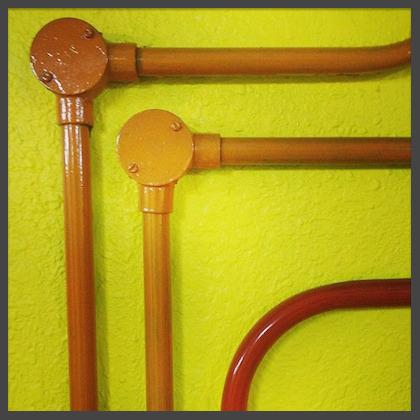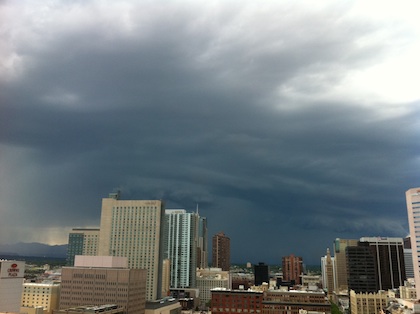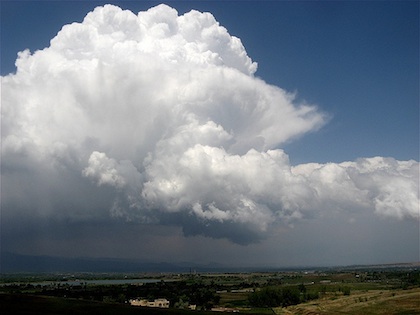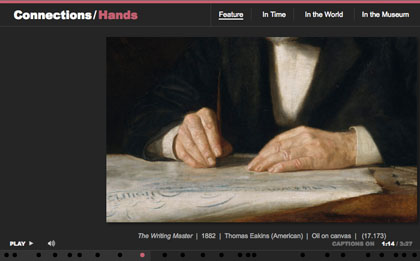Post #19 – where careful analysis is considered
At work we are often asked if we can find a (technical or otherwise) solution to a particular problem. We love a challenge, so welcome the opportunity to delve into the features and functionality of our systems to see if we can improve the way we do things. We see if we can tweak settings to provide alternative approaches to activities like assessing online (including plagiarism), uploading grades, managing discussions, facilitating group work, doing peer assessment, checking class attendance, etc. Sometimes these ‘fixes’ are about making administrative tasks easier, but they are also about improving learning and teaching.
It’s important to discover the exact issue of concern so that the correct focus is maintained during problem solving. Not understanding the problem, as well as inadequate testing, can cause further issues if you drift from the original question. Clearly articulating the current conditions and state-of-play first, then overlaying that with the problem and obstacle to overcome, and then determining the desired and hoped for outcome is a useful process. I’m suggesting that the more information the better, and some method of recording information, mapping the issues, and ensuring ongoing communication are in place so that all parties have the same understanding of the project.
We’ve had some cases where we get to a certain point and realise that we either can’t do what we want and have to compromise, or that we need to take a completely different path due to limitations of the systems we have. It’s always a great feeling when an alternative is found and implemented to everyone’s satisfaction. But then there’s always the case where there is no way to solve the problem and the status quo needs to be maintained till future opportunities make change possible.
Have you found that sometimes the solution doesn’t really address the problem?

Conduit piping
Word of the Day is: ‘flak’ – and often best avoided





using video for learning and more flipping in the classroom
Monday, April 30th, 2012I’ve been thinking about the use of video in teaching and learning and how we might use video to help in assessment. There’s been much written about using video resources (eg. Khan Academy) and the flipped classroom (or reverse instruction) where students watch first and then come to class to discuss the material. I’m pleased to see more discussion around the ability to watch a video and then add comments at specific points in the timeline of the video rather than just have the video as a discreet object. This is very useful and I believe has the potential for powerful learning as it allows for personal, peer and teacher feedback on a student’s own work. The flip is to have student assess themselves…
Photo credit: psicologiaclinica
A tweet by Jenny Luca pointing to her blog post on using Vialogues (video & dialogues) indicated to me that more & more people are recognising the usefulness in education of being able to comment on video. The service suggests users to start a meaningful conversation and to, Create, Invite, Interact and Share. Jenny focused on using the video as a screencast and explanatory learning resource and I think this is a great way for student to interact with a resource and comment with questions, their understanding, or need for further enquiry.
I’m also interested in how students might reflect on their own performance, say as a beginning teacher, nurse, psychologist, doctor, counsellor etc. A friend of mine has been working with a technology at RMIT called the Media Annotation Tool that allows for students to comment on an uploaded video (of themselves or for particular task) and then receive peer feedback on their comments/reflection before the teacher provides some feedback. Megan Colasante has written a paper about this project, Using video annotation to reflect on and evaluate physical education pre-service teaching practice. I believe this tool has promise and hope development continues.
There could be some remarkable power in a reflection when you have to watch your own performance (say against that of an expert) and then receive constructive feedback on your comments and performance – this should lead to engaged and meaningful learning.
There are other tools that do similar things such as Voicethread (uses still rather than video) and the new TedEd Website features video lessons that can be ‘flipped’ and give teachers the opportunity to create lessons with reflective questions built in, but not the capacity to annotate the video. With video becoming more ubiquitous as students are now able to easily capture learning and practice moments via a smart device. I also understand that it may not always be suitable to annotate/comment after the fact, as it might be necessary to assess something while it’s happening live and not to have to watch a performance twice. While there are some professional video recording and coding applications available, I’m looking forward to further educational developments in this space. Of course there’s many other ways to use video for learning, but the idea of comments and annotations at specific points and events in a performance is very useful. The bonus would be the capacity of multiple comment tracks and maybe even some control over their visibility.
In the meantime I’ll also be investigating the usefulness of point of view (POV) glasses for this sort of application.
Tags:annotation, comment, engagement, reflection, video
Posted in assessment, software, teaching, technology | 1 Comment »